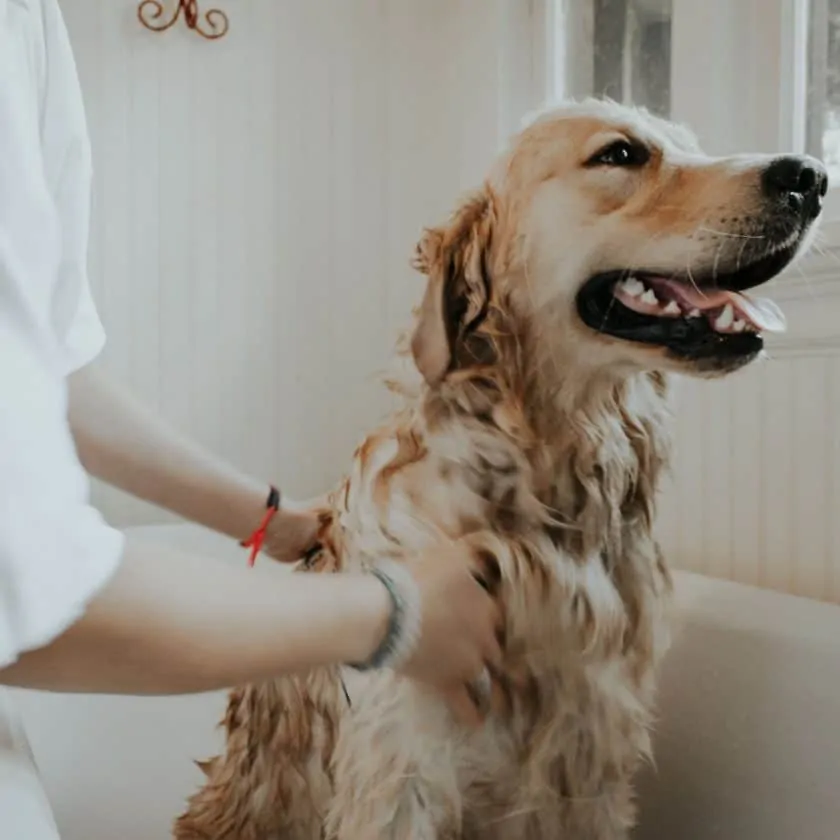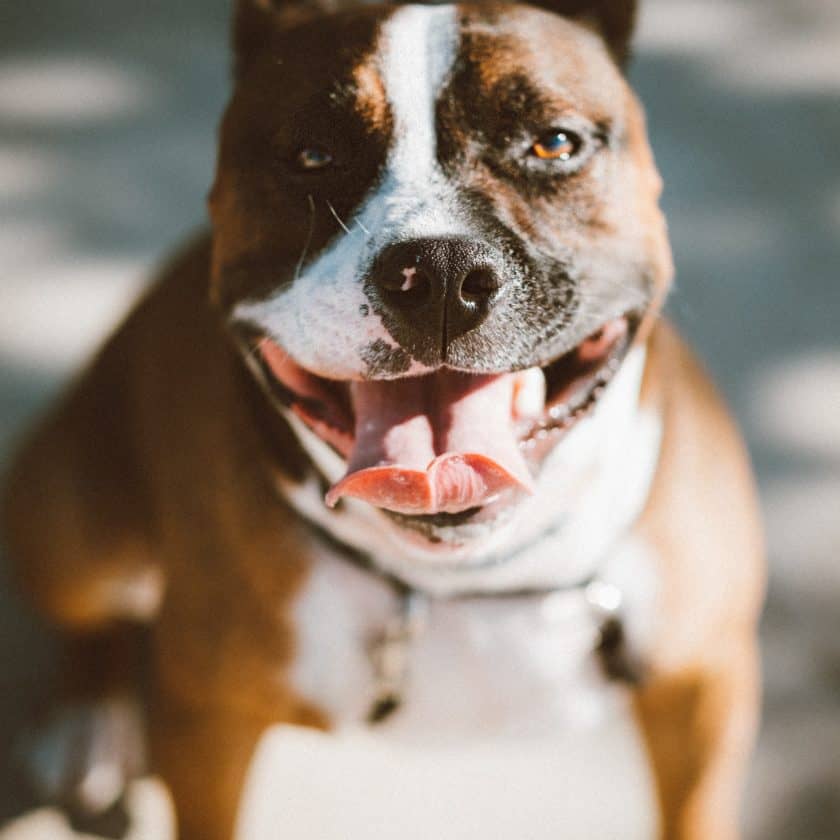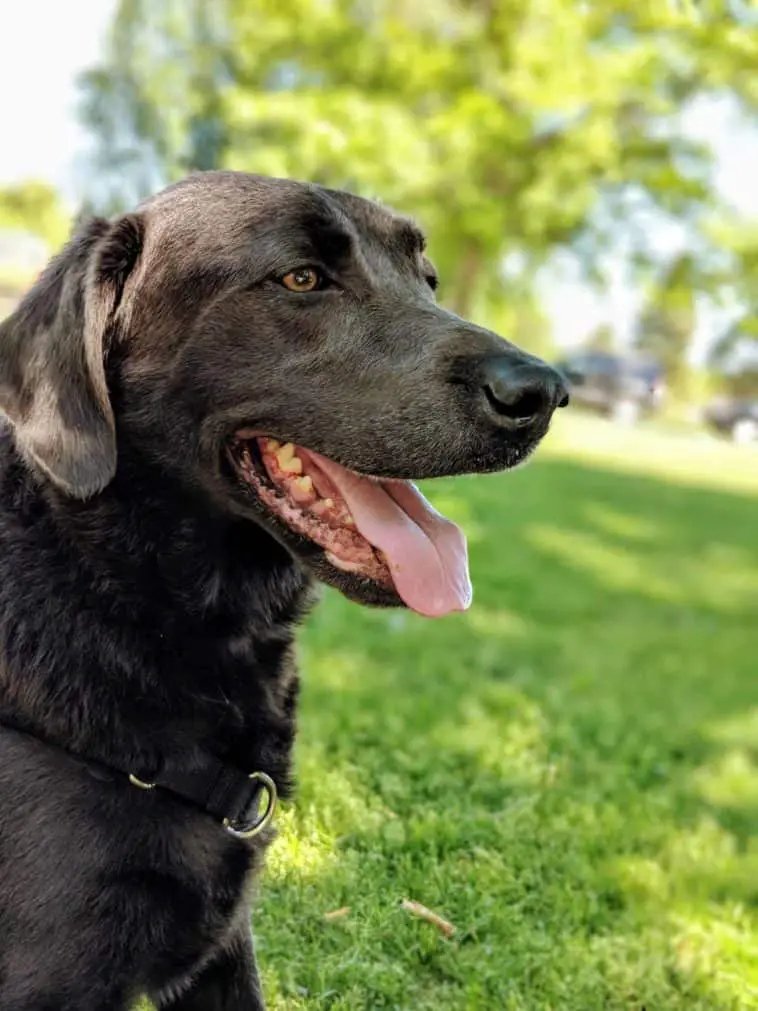As we enter the summer season, we will notice our dogs panting more often than usual. Panting is their primary way to get rid of excess body heat (take it as their version of sweating).
By doing so, it allows them to evaporate heat and moisture from their nose, lungs, throat, and exhaled through the mouth.
Table of Contents
When is Heavy Panting Normal in Dogs?

Normal panting is characterized by rapid and shallow breathing, accompanied by a lolling tongue. This is what we usually see after a hot exercise.
Because panting is a very common behavior in dogs, it is often overlooked and always assumed as normal even though it might already be an indication of something more serious.
In this article, we will delve into the question, when is heavy panting normal in dogs?
If your dog is cooling down

The main reason why dogs pant is to lower their core temperature.
While they can also lose heat within their ears, and paw pads, these only provide minimal cooling regulation.
Usually, you will observe this after spending some time under the sun or after an exercise.
A panting dog can take in 300-400 effortless breaths per minute, thanks to the natural elasticity of their lungs.
If your dog is excited or anxious

Sometimes dog panting has nothing to do with cooling down, but also when they feel excitement, fear, or stress.
While panting is a normal response, this doesn’t indicate that they’re coping positively with the situation.
If you notice your dog panting abnormally, it’s better to get out of that situation immediately.
If your dog is pregnant

Heavy panting is usually an indication of the onset of labor.
During this period your dog will start to experience uterine contractions, and her core temperature will drop from the normal 100 – 102.5 degrees Fahrenheit to 99 degrees or even lower. Some dogs even vomit.
All of these are normal responses to labor and may last 6-12 hours until she finally delivers her puppies.
How do I know if my dog is panting too much?

Abnormal panting happens during inappropriate occasions. It is excessive (more than 400 breaths per minute), sounds harsher, and requires more effort compared to normal panting. Typically, it is a sign of pain, discomfort, or illness.
What causes abnormal panting in dogs?

Heatstroke – is a dangerous and even fatal condition for dogs. Fast and excessive panting is the earliest sign of heatstroke, and without intervention, it can kill dogs within 15 minutes.
Another sign of heatstroke includes dark red tongue or gums, glazed eyes, and elevated heartbeat.
To avoid your dog from becoming overheated, limit the time he spends outside especially during summer, and always prepare fresh cool water.
Heart and lung disease – when the heart fails to pump blood throughout the body, the tissues become deprived of oxygen and will later die.
To compensate for the lack of oxygen, your dog will try to increase his rate of respiration by excessive panting.
Poisoning – abnormal panting may be a sign that your dog has ingested something poisonous or he may be suffering from an allergic reaction.
Waste no time because it requires an immediate emergency visit to the vet.

